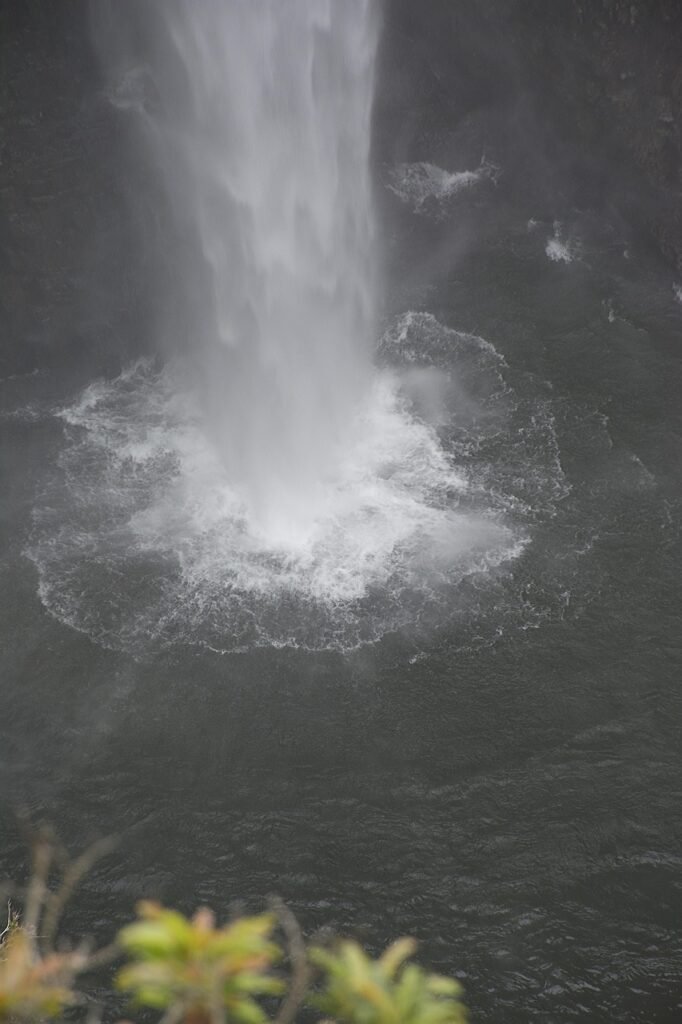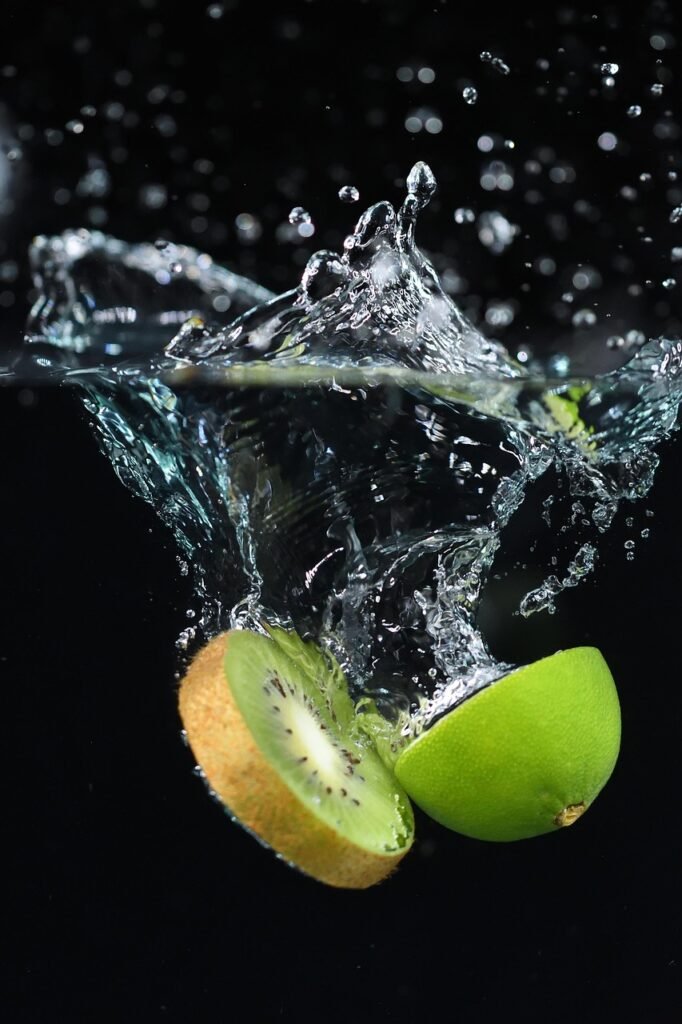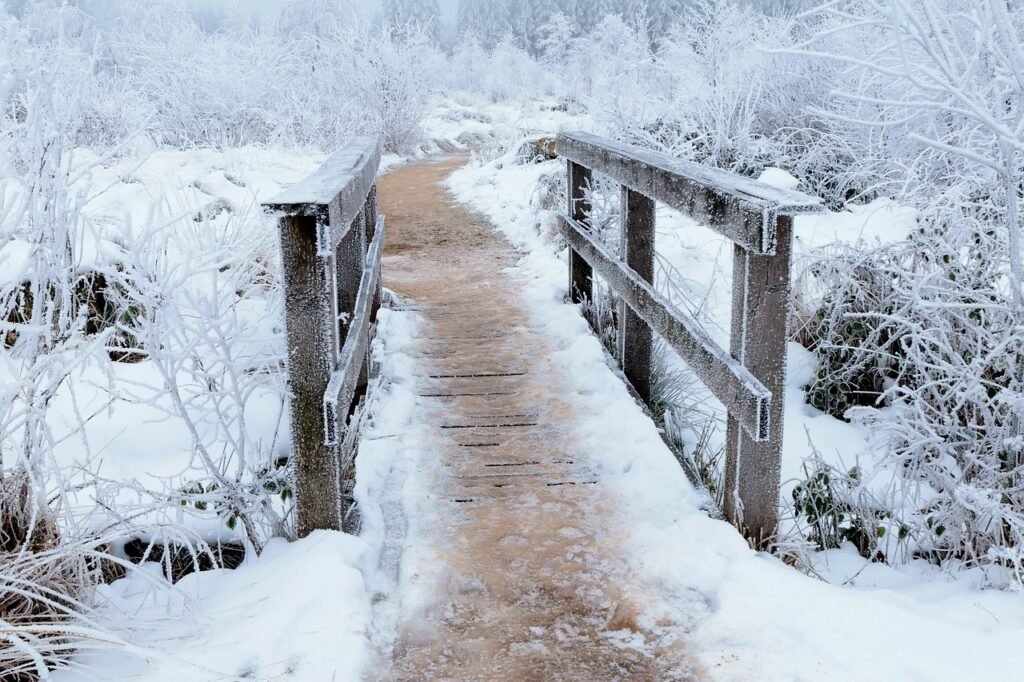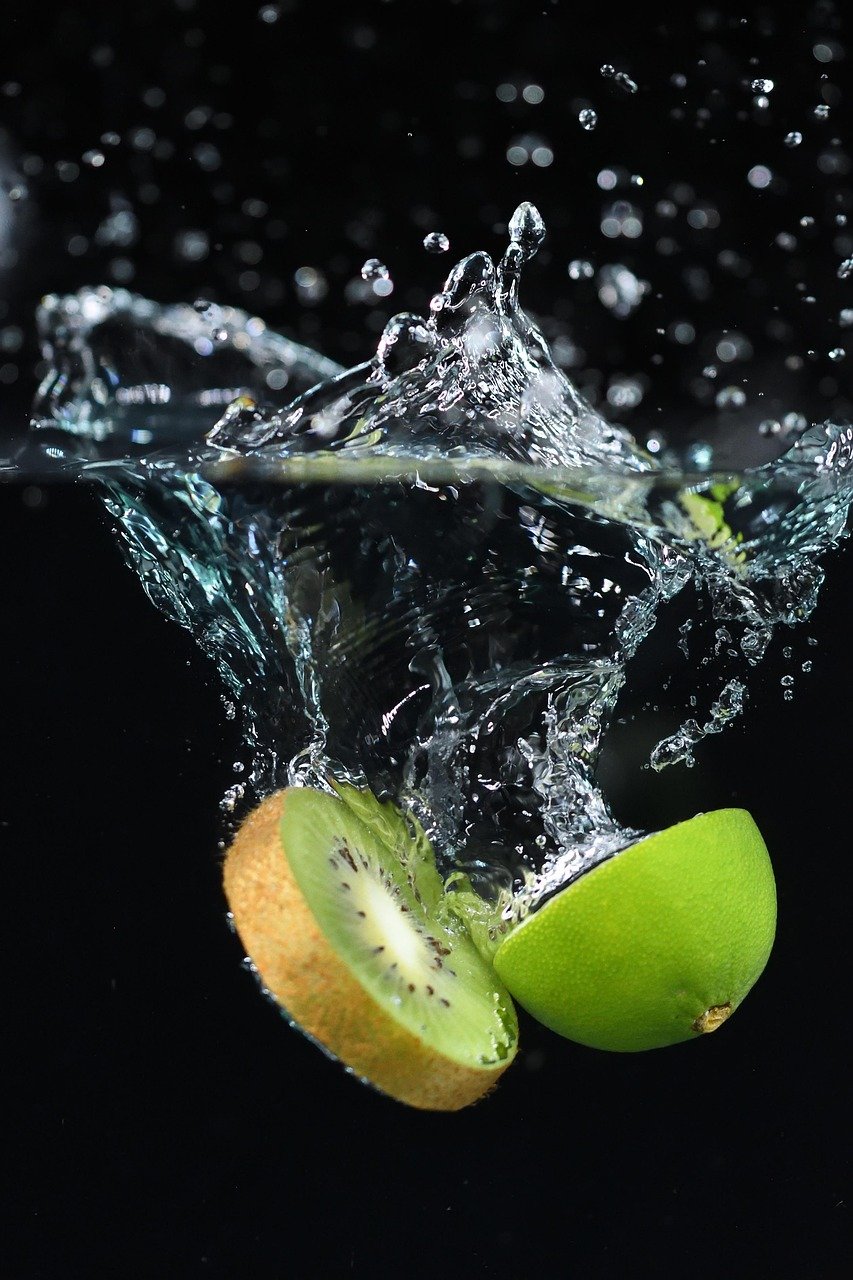Can you truly meditate while plunging into the icy depths of a cold plunge? Have you ever considered the unique combination of breath control, mental focus, and freezing temperatures as your meditative playground? If you have, you’re not alone! Many people are curious about the blend of cold exposure and mindfulness practices, but there are some essential things you need to know before you take the plunge—or rather, before you try meditating while submerged.

Understanding Cold Plunging
What Is Cold Plunging?
Cold plunging involves immersing your body in icy water, usually at temperatures below 59°F (15°C). Athletes and wellness enthusiasts tout a variety of benefits, from improved recovery rates to enhanced mood. The term often conjures images of people joyfully yelling and gasping as they jump into icy lakes or chilly baths. But while there’s a certain thrill associated with this practice, it’s not just about the adrenaline; it’s also about what it can do for your mind and body.
The Benefits of Cold Plunging
Cold plunging is more than just an invigorating experience; it can be transformative. Here are some benefits worth considering:
- Improved Circulation: Cold exposure can boost your circulation as your body works overtime to maintain its core temperature.
- Reduced Inflammation: Ice baths are often used by athletes to reduce muscle soreness and inflammation.
- Mood Enhancement: The shock of cold water can increase endorphins and improve your overall mood. Who doesn’t want that boost?
While these benefits are compelling, cold plunging also engages your mental capacity in distinct ways. And this is where meditation enters the scene.
The Intersection of Meditation and Cold Plunging
What Is Meditation?
Meditation is an ancient practice aimed at fostering mindfulness and mental clarity. It often involves focusing your mind, observing your thoughts, and cultivating a state of relaxation. Picture yourself sitting comfortably, eyes closed, breathing deeply; sounds nice, right? Meditation has various forms and techniques, so it can be adapted based on your preferences.
Why Meditate in a Cold Plunge?
Combining meditation with cold plunging might appeal to those looking for a unique sensory experience. The ice-cold water creates an intense environment that demands your attention, encouraging a deep focus on your breathing and presence. It’s like a high-stakes meditation: you can’t help but be in the moment when your body feels that chill!
Potential Challenges of Meditating in Cold Water
While it sounds appealing, meditative immersion in cold water isn’t without its pitfalls. There are specific factors you need to consider, or you could end up in a less-than-ideal situation.
What Not to Do When Meditating in a Cold Plunge
Don’t Ignore Your Body’s Signals
Your mind may be eager to meditate, but your body might have other ideas. If you start feeling too cold or experience shivering, it’s time to get out! Ignoring these signals could lead to more significant health issues, like hypothermia. Always listen to your body’s cues.
Don’t Overstay Your Welcome
How long should you stay in that icy water? While some enthusiasts claim they can stay submerged for several minutes, if you’re just starting, it’s best to keep it short. A few seconds to a minute is perfectly sufficient when you first try it out. Gradually build your cold exposure tolerance before setting records!
Avoid the Wrong Breathing Techniques
Breathing is critical when it comes to meditation, and the cool air and water may lead you to take shallow, frantic breaths. Instead, focus on deep, slow abdominal breaths. Breathing from your diaphragm helps to induce calmness, even in an uncomfortable situation. Try to take long, steady inhalations followed by equally long exhalations.
Don’t Skip the Warm-Up
Cold plunging doesn’t mean you can trash your pre-dive routine. Warming up is essential, both for physical readiness and mental focus. Spend a few minutes doing light stretches and deep breathing exercises before you step into the freezing water. Stretching warms up your muscles, reducing the shock once you enter the plunge.
Finding the Right Setting for Cold Plunge Meditation
Location Matters
Your environment significantly influences your cold plunge experience. If you can, opt for a clean, safe space, where distractions are minimal. A serene location can enhance the tranquil aspect of meditation, lending an extra edge to your practice.
Temperature Control
Though you might be tempted to plunge into the coldest ice bath available, it’s wise to find that sweet spot. Gradually ease into colder temperatures, allowing your body to adjust over time. Whether you’re using a cold plunge pool or a natural body of water, finding a manageable temperature can help ease your transition into meditation.
Quiet Your Mind
The noisy hustle and bustle of the outside world may seep into your experience unless you’ve chosen a peaceful spot. Seek out a location that allows you to focus without interruptions. If sound is unavoidable, consider using headphones with calming music or nature sounds to create an environment conducive to meditation.

Developing Your Cold Plunge Meditation Routine
Set an Intention
Before you begin your cold plunge meditation, think about your intention. Are you looking to relieve stress, promote healing, or simply enjoy the experience? Setting an intention can guide your thoughts as you plunge into the cold waters.
Embrace Visualization Techniques
Visualization is a powerful tool in meditation, and it can be especially effective during a cold plunge. Picture warmth enveloping you or envisioning the cold water washing away negative energy. This practice not only makes the experience more enjoyable but also enhances the meditation’s overall effectiveness.
Combine Movement with Stillness
You might find that some movement helps ease the initial shock of cold water. A gentle or slow movement, such as light swimming or gentle swaying, can provide a transitional phase before you settle into meditation. After a few moments, allow yourself to find stillness and focus on your breaths and body sensations.
Integrate Mindfulness
Focus on being present in your experience by practicing mindfulness. Pay attention to the sensations of the water against your skin, the sound of your breath, and the thoughts that enter your mind. When your mind wanders, gently guide yourself back to the present moment without judgment.
Tuning In to Your Experience
Acknowledge the Discomfort
For many, the cold plunge experience is starkly uncomfortable, especially if you’re not used to it. Accept that discomfort and acknowledge your feelings. Remember, this is part of the journey, and acceptance can often lead to deeper insights during meditation.
Observe Your Thoughts
Meditation is as much about observing your thoughts as it is about quieting them. While in the cold plunge, let go of any need to judge your thoughts. Recognize them as they come and go, all while focusing on your breath and physical sensations.
Journal Your Experience
Post-plunge, consider maintaining a meditation journal. Write down your thoughts, feelings, and any revelations you had during your experience. This practice can help you identify patterns, deepen your understanding, and guide future dives into both meditation and cold exposure.

Safety Considerations When Meditating in Cold Water
Health Risks to Be Aware Of
Cold plunges aren’t without their risks, and meditation in them poses special considerations. If you have pre-existing health conditions—like heart issues or respiratory problems— consulting a healthcare professional beforehand is highly advisable.
Buddy System
If you’re new to cold plunging, bring a friend along. Not only can they help motivate you, but they can also be a safety net in case of an emergency. Having a buddy allows you to focus more on the experience rather than worrying about backing out or dealing with potential risks.
Stay Hydrated
Staying hydrated before entering a cold plunge is essential. Hydration helps your body regulate temperature better, and it prevents you from feeling dizzy or lightheaded when your body undergoes the sudden shock of cold water.
The Aftermath: Reflecting on Your Experience
Re-warming Techniques
Once you’ve finished your cold plunge meditation, rewarming your body is crucial. Wrap yourself in a warm towel or blanket, drink a hot beverage, or do some light exercises to restore your body temperature gradually. Take this time to reflect on your experience.
Evaluate Your Progress
After several sessions, consider how your experience has changed over time. Have you become more accustomed to the cold? Are you noticing less discomfort, or has your meditation practice improved? This evaluation can provide insights into your personal growth and self-awareness journey.
Keep It Lighthearted
Though meditating in cold water is undoubtedly a serious endeavor, don’t forget to inject a sense of fun into your practice. Laugh at the initial discomfort, relish the shared experience with friends, and appreciate the journey as you venture down this path.
Conclusion: Is It Right for You?
Ultimately, it boils down to your personal preferences and experiences. Meditating in a cold plunge can be incredibly rewarding, offering benefits to both your mind and body. However, it’s crucial to approach this unique practice with mindfulness and caution. By avoiding common pitfalls and listening to your body’s signals, you can cultivate a fulfilling practice that enhances your well-being.
If you’re curious about combining cold plunging and meditation, give it a try! Just remember to start small, keep it safe, and enjoy the ride. After all, in the icy depths of those cold waters, you just might find a deeper connection to yourself. Or at the very least, a refreshing thrill that wakes you right up—mind, body, and soul.

